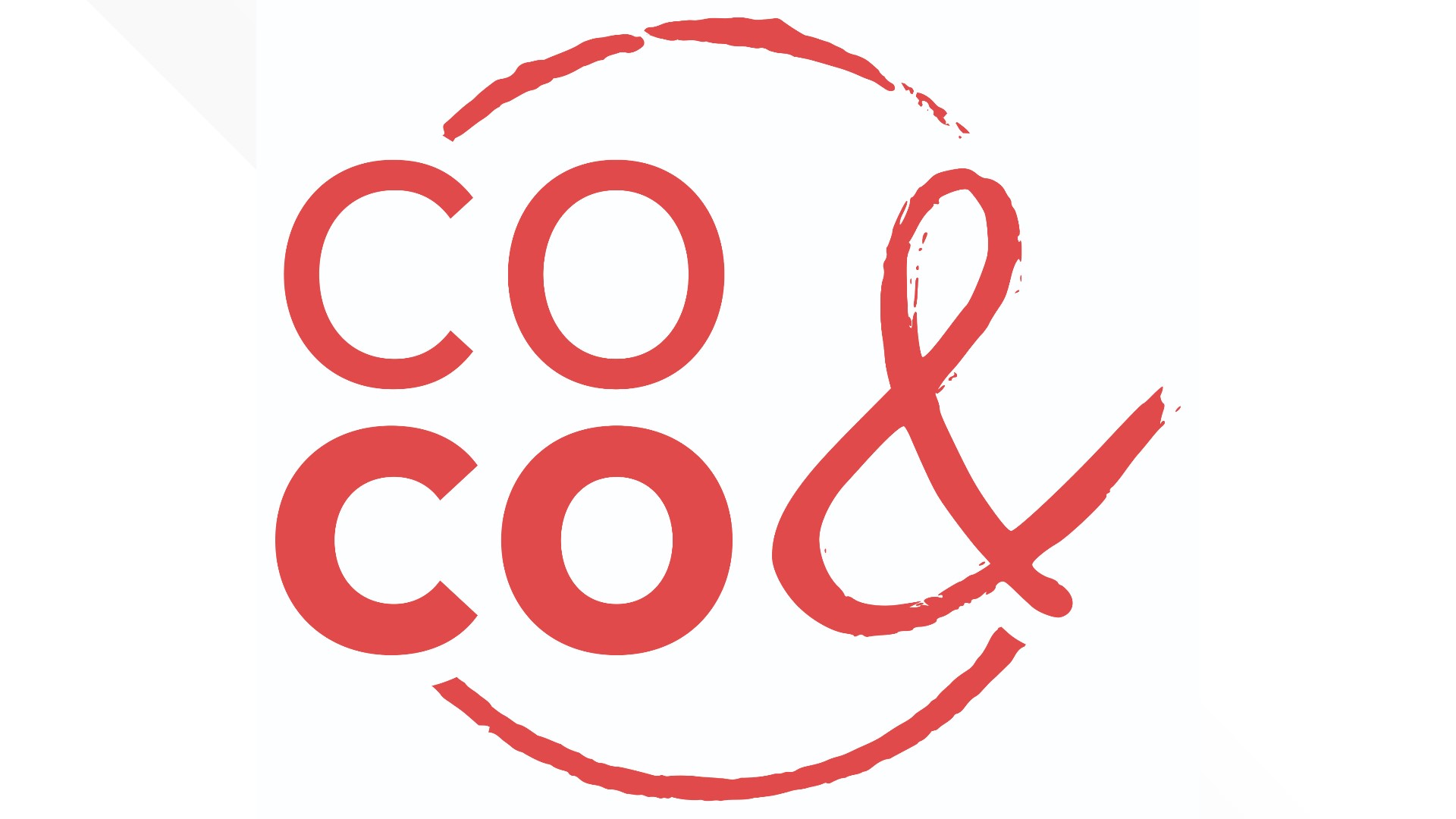If created by the developer, the owners association is normally a mandatory membership organization to which each owner automatically belongs upon taking title to a unit. Typically, each owner is subject to a declaration of covenants, conditions, and restrictions.
A person injured in the common property areas of a common interest community has a variety of defendants to sue for damages (i.e., to hold liable for the injury): the developer; the owners association; the property manager; the contractors; and even the property owners within the community.
When there is this kind of litigation, the first recourse for the injured party is to go after the insurance company, which hopefully has been purchased by each of the above possible defendants.
But when the damages exceed the insurance limits of the owners association, or if the owners association is uninsured (a bad idea), then resort must be made to the courts.
When courts must sort it out, what is the law with respect to the appropriate allocation of tort liability in common interest communities, like HOAs, between the owners association and the individual property owners?
There is little case law on this subject. California and Texas were, for many years, the only states to offer guidance. In these states cases were decided that addressed situations with condominium communities in which the common elements were co-owned by all owners as tenants in common.
In California, joint and several liability was the rule; in Texas, a pro rata approach was preferred.
Many other states have adopted versions of the Uniform Common Interest Ownership Act (adopted in 1982 and amended in 1991). This Act provides that actions alleging a wrong done by the association, including an action arising out of the condition or use of common elements, may be maintained only against the association, AND NOT AGAINST ANY UNIT OWNER.
This uniform law, adopted in part in Colorado, shows that joint and several personal liability should not be imposed on individual property owners within an HOA or other such organization.
Other states vary. Some require a minimum level of liability coverage. Some limit the unit owners' liability to their proportionate share.
However, even when the association itself is solely liable, owners within the association are not off the hook. Plaintiffs tend to sue any number of defendants, regardless of ultimate liability. Individual owners within HOAs are counseled to buy adequate insurance, should the injury occur on a common area adjacent to the individual owner's parcel.
Moreover, the association can always pass liability costs on the owners via increased assessments.
REFEENCES
Jerry Orten and John Zacharia, Allocation of Damages for Tort Liability in Common Interest Communities, 31 Real Property, Probate and Trust Journal 647 (1997).
The Colorado Common Interest Ownership Act, C.R.S. 38-33.3-101
/>

